The Science Behind CPAP Technology: How It Works
The Science Behind CPAP Technology: How It Works
Introduction Sleep apnea affects millions worldwide, causing disrupted sleep and severe health complications if left untreated. Continuous Positive Airway Pressure (CPAP) therapy has become the gold standard in managing obstructive sleep apnea (OSA). But how does this technology work? This blog will break down the science behind CPAP machines, explaining their components, functionalities, and the ways they improve sleep and overall health.
What Is CPAP Therapy? CPAP therapy delivers a continuous stream of pressurized air to keep the upper airway open during sleep. This prevents the airway from collapsing, which is a hallmark of obstructive sleep apnea. Unlike other treatments, CPAP directly addresses the mechanical issue causing apnea.
Core Components of a CPAP Machine
-
The Motor:
-
At the heart of every CPAP device is a motor that compresses ambient air and delivers it at a specified pressure. Modern motors are compact, quiet, and energy-efficient, ensuring minimal disruption.
-
-
The Mask:
-
Masks are the interface between the machine and the patient. There are four main types:
-
Full-Face Mask: Covers the nose and mouth, ideal for mouth breathers. Examples: ResMed AirFit F20, Fisher & Paykel Vitera.
-
Nasal Mask: Covers only the nose, suitable for side sleepers. Examples: ResMed AirFit N20, Fisher & Paykel Eson 2.
-
Nasal Pillow Mask: Rests under the nostrils, providing a minimalistic design. Examples: ResMed AirFit P10, Fisher & Paykel Brevida.
-
Hybrid Mask: Combines elements of full-face and nasal masks, providing flexibility for users who need coverage for both mouth and nose but want a less bulky design. Examples: ResMed AirFit F30, Fisher & Paykel Evora Full Face.
-
-
-
Tubing:
-
Connects the machine to the mask, delivering pressurized air. Heated tubing options reduce condensation and ensure consistent airflow temperature.
-
-
Humidifier:
-
Optional in many devices, humidifiers add moisture to the air, reducing dryness and irritation in the nasal passages and throat.
-
-
Filters:
-
CPAP machines use filters to ensure clean air delivery, removing dust, allergens, and other particulates.
-
How Does CPAP Work?
-
Positive Airway Pressure: The machine generates pressurized air, calibrated to a user-specific setting (measured in cm H2O). This pressure acts like a pneumatic splint, keeping the airway open by counteracting the collapsing forces of soft tissues in the throat.
-
Auto-Adjusting Technology: Advanced CPAP devices, known as Auto-CPAP (APAP), monitor breathing patterns in real-time. They adjust pressure dynamically to ensure optimal therapy, accommodating changes due to sleep position or nasal congestion. Examples include the ResMed AirSense 10 AutoSet and AirSense 11 AutoSet, which use proprietary algorithms to detect apneas, hypopneas, and snoring.
-
Exhalation Relief: Modern machines incorporate exhalation relief features, lowering pressure during exhalation for added comfort without compromising therapy effectiveness.
Portable CPAP Machines for Travel Travel-friendly CPAP machines like the ResMed AirMini are compact and lightweight, offering the same effectiveness as standard devices. The AirMini integrates with smartphone apps, allowing users to track therapy data and adjust settings easily. Its portability makes it ideal for frequent travelers while maintaining compliance with therapy.
The Role of Algorithms in CPAP Machines Smart CPAP machines leverage sophisticated algorithms to detect:
-
Apneas: Complete cessation of airflow for 10 seconds or more.
-
Hypopneas: Partial blockages causing shallow breathing.
-
Snoring: Vibratory signals indicating airway turbulence.
The ResMed AirSense 10 and AirSense 11, for instance, employ advanced algorithms to:
-
Monitor breathing patterns.
-
Adjust pressure dynamically based on sleep stage and position.
-
Provide detailed therapy data to users and healthcare providers through the myAir app. These algorithms fine-tune therapy in real-time, ensuring effective treatment while minimizing discomfort.
Benefits of CPAP Therapy
-
Improved Sleep Quality: By preventing airway obstruction, CPAP allows for uninterrupted sleep cycles.
-
Enhanced Daytime Energy: Quality sleep reduces fatigue, boosting productivity and mood.
-
Heart Health: CPAP lowers blood pressure and reduces cardiovascular risks associated with untreated sleep apnea.
-
Brain Function: Proper oxygenation during sleep supports cognitive health, memory, and concentration.
Common Challenges and Solutions
-
Mask Fit: Poorly fitting masks can cause air leaks and discomfort. Regular fittings and exploring different mask styles can help.
-
Dryness and Irritation: Using a humidifier or heated tubing alleviates these issues.
-
Noise Concerns: Modern CPAP machines are designed to be ultra-quiet, but proper placement and maintenance can further reduce noise.
Recent Innovations in CPAP Technology
-
Machine Learning Integration:
-
Algorithms now use data from multiple nights to predict and preemptively address apnea events.
-
-
Mobile Connectivity:
-
Many devices sync with apps, providing users and healthcare providers with detailed therapy data.
-
-
Portable CPAP Devices:
-
Compact, travel-friendly CPAP machines cater to users on the go without compromising effectiveness. Examples include the ResMed AirMini.
-
-
BiPAP Technology:
-
Bi-Level Positive Airway Pressure (BiPAP) devices offer separate pressures for inhalation and exhalation, ideal for patients with complex sleep apnea or other respiratory conditions.
-
Maintaining Your CPAP Machine
-
Clean the mask, tubing, and humidifier chamber regularly to prevent bacteria and mold buildup.
-
Replace filters and mask components as recommended to maintain performance.
-
Schedule routine checks with a sleep specialist to ensure therapy effectiveness.
Conclusion CPAP therapy is a marvel of modern medicine, combining mechanical, electronic, and software innovations to combat sleep apnea. By understanding the science behind these machines, users can better appreciate their role in improving health and quality of life. Whether you’re new to CPAP or a seasoned user, staying informed helps you make the most of this life-changing technology.
Call to Action If you’re struggling with sleep apnea or have questions about CPAP therapy, reach out to our experts at USA Medical Supply. We’re here to guide you through every step of your sleep health journey.
Bibliography
-
American Academy of Sleep Medicine. (2020). Clinical Practice Guideline for the Treatment of Obstructive Sleep Apnea and Snoring with Oral Appliance Therapy. Retrieved from https://aasm.org
-
National Heart, Lung, and Blood Institute. (2021). What Is Sleep Apnea? Retrieved from https://www.nhlbi.nih.gov
-
ResMed. (2022). How CPAP Works. Retrieved from https://www.resmed.com
-
Fisher & Paykel Healthcare. (2022). The Science Behind CPAP Therapy. Retrieved from https://www.fphcare.com
-
Sleep Foundation. (2021). Understanding CPAP Therapy. Retrieved from https://www.sleepfoundation.org

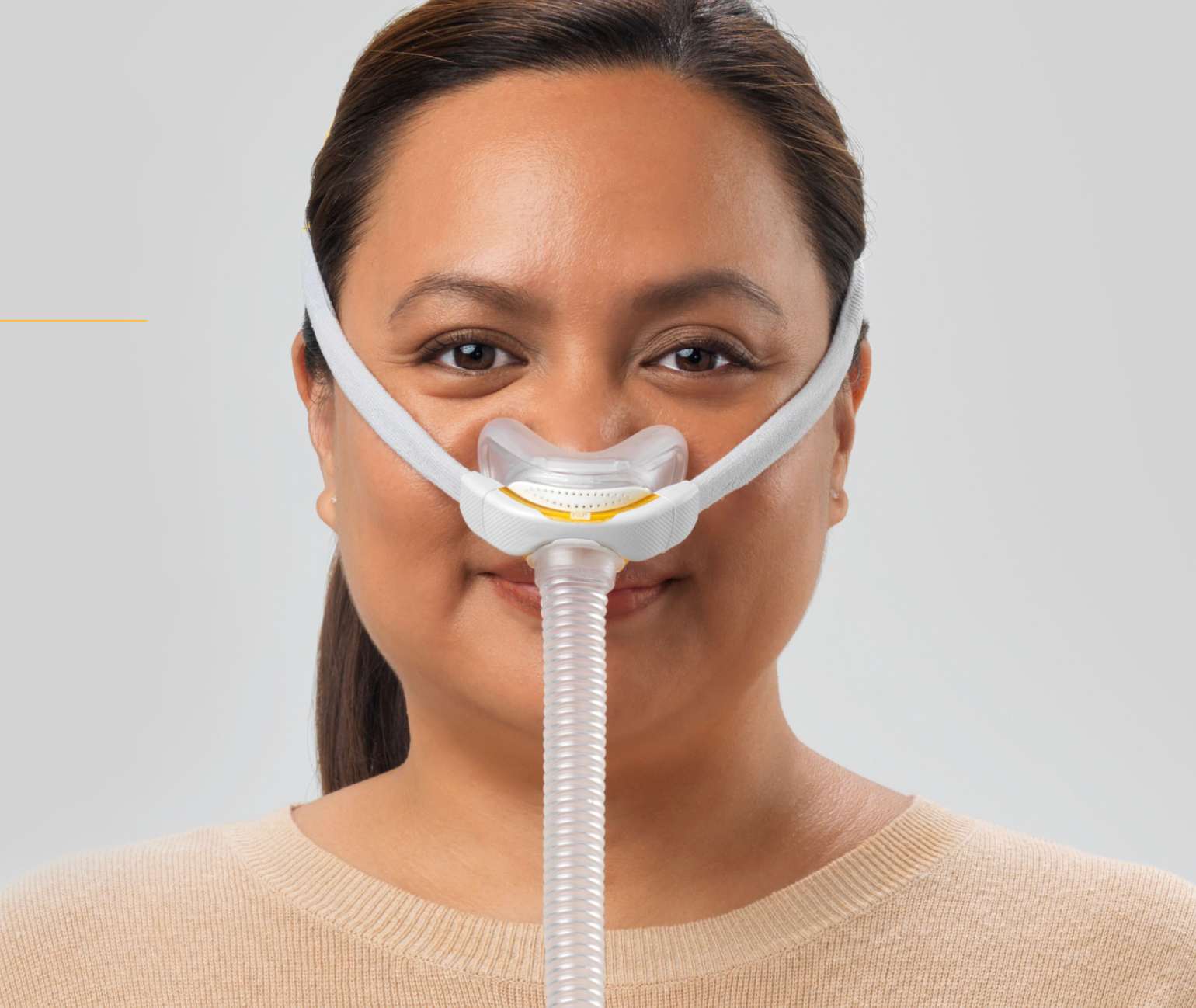
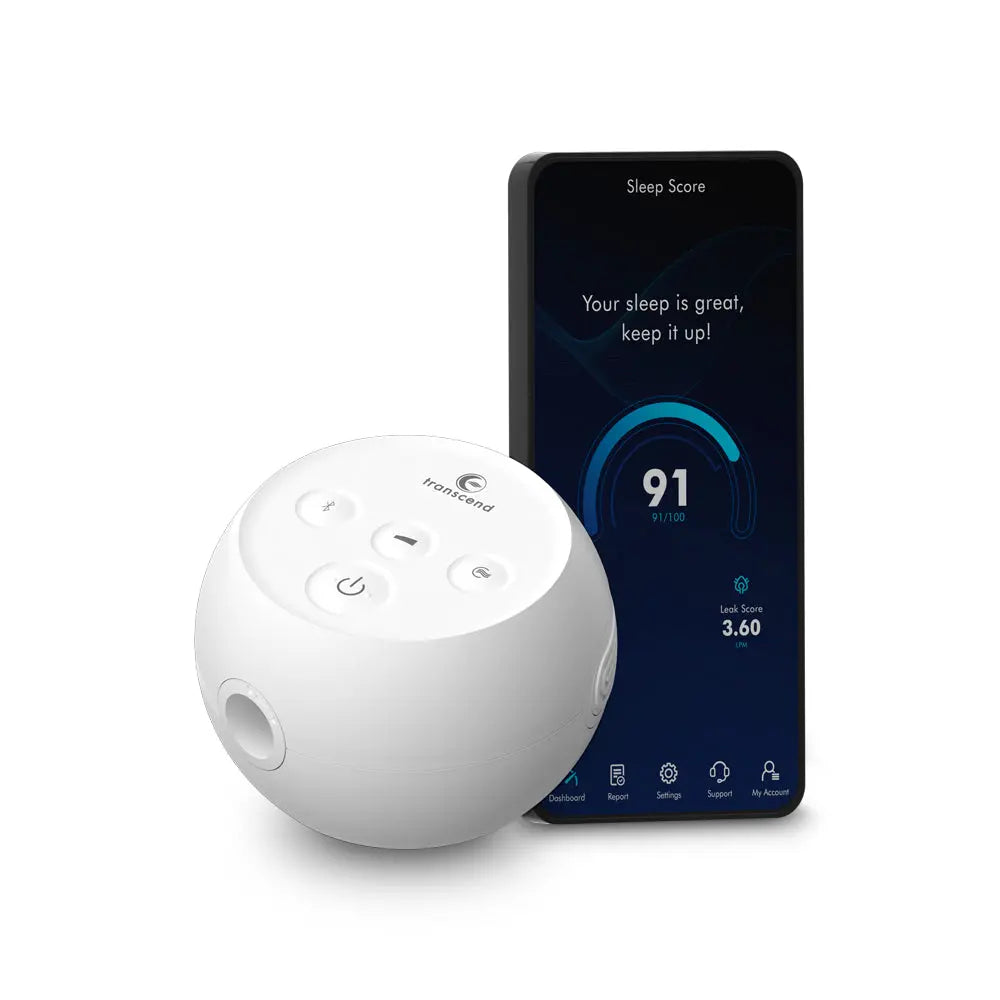
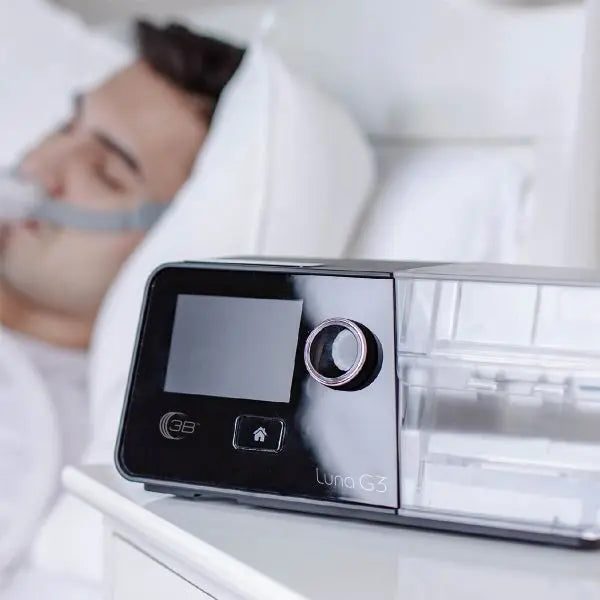


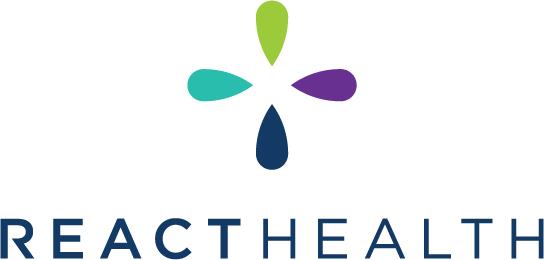
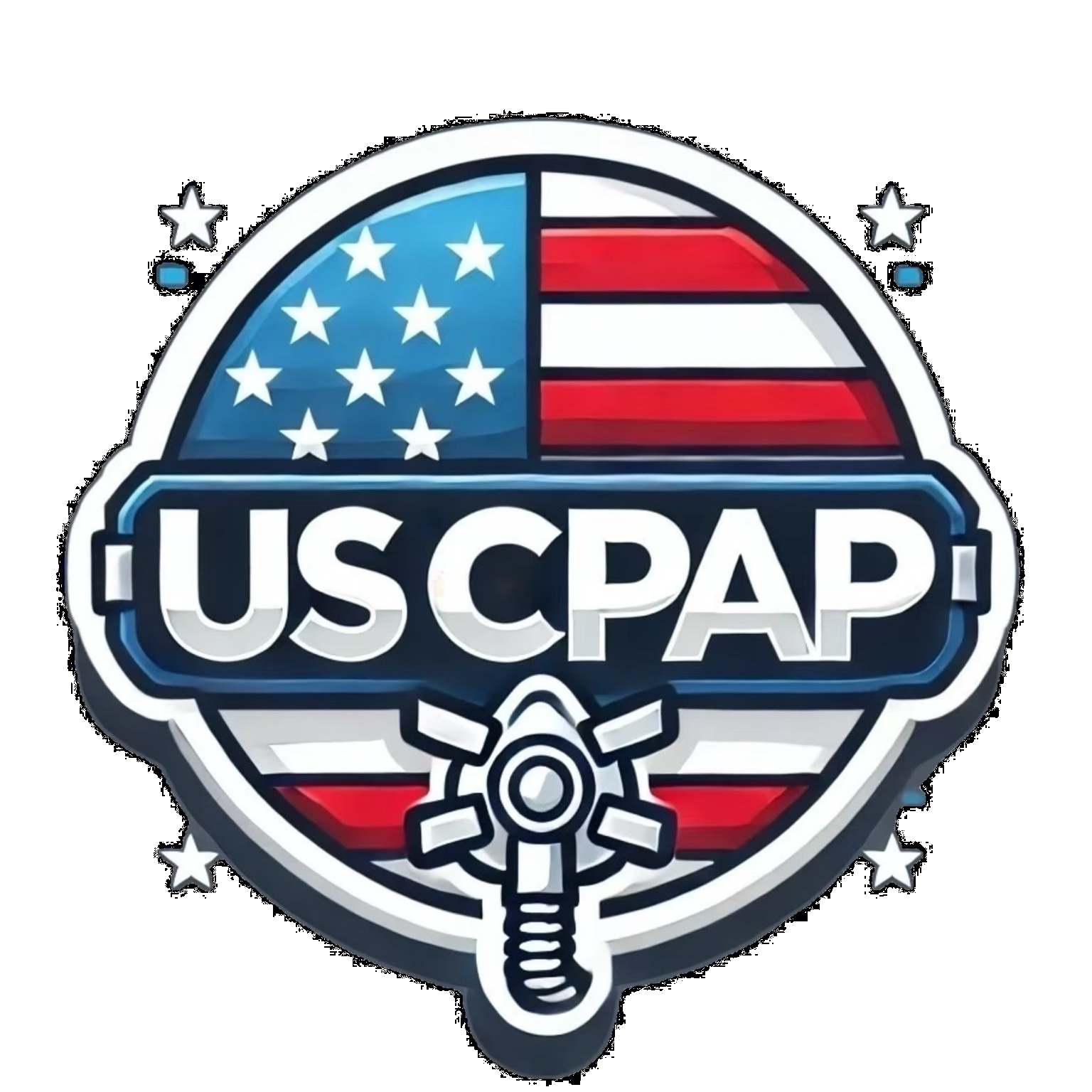
Leave a comment
This site is protected by hCaptcha and the hCaptcha Privacy Policy and Terms of Service apply.